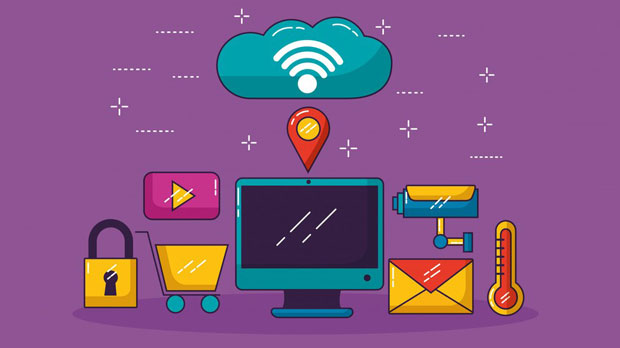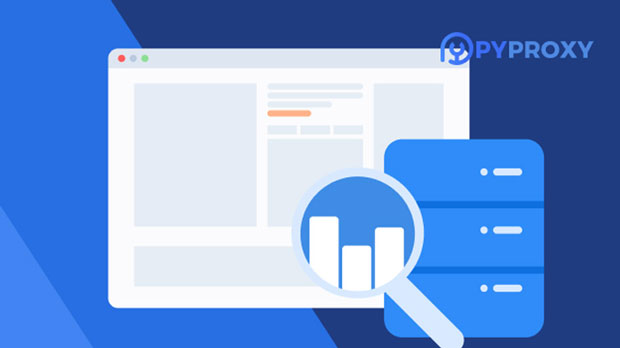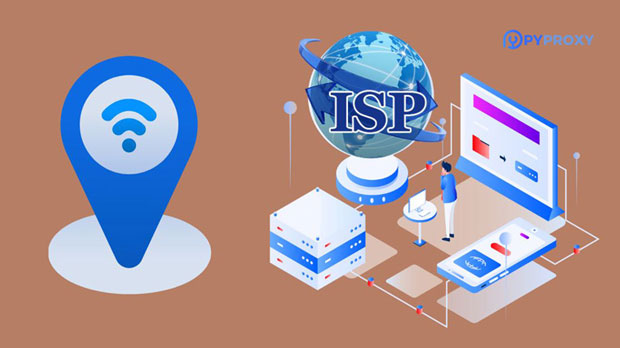In the digital age, internet privacy and security are crucial, which is why sock s5 proxies, especially residential ones, have become an essential tool for various industries. Residential SOCKS5 proxies, which route traffic through real residential IP addresses, offer superior anonymity, security, and bypassing abilities compared to data center proxies. These proxies are especially valuable for industries such as e-commerce, digital marketing, cybersecurity, content streaming, and online gaming. This article explores the industries that rely most heavily on high-quality residential SOCKS5 proxies and examines why these proxies are critical to their success. 1. E-commerce and Online RetailE-commerce is one of the industries that heavily depend on residential SOCKS5 proxies. Retailers and online sellers frequently use these proxies to conduct market research, monitor competitors, and manage inventory across multiple online platforms. By using residential IP addresses, they can simulate browsing from various geographical locations, allowing them to track product prices, availability, and trends in real-time without being blocked or detected by anti-bot measures.For example, a global e-commerce platform may have different pricing strategies based on geographical location. A seller might want to gather data about product prices in different regions to adjust their own prices accordingly. Without the anonymity provided by residential SOCKS5 proxies, these activities could trigger CAPTCHAs or result in IP bans, limiting the seller's ability to collect the data they need. Residential SOCKS5 proxies allow them to maintain access and stay competitive.2. Digital Marketing and SEOIn the digital marketing and SEO industry, high-quality residential SOCKS5 proxies play a crucial role in running large-scale marketing campaigns, conducting SEO analysis, and testing ad placement. Marketers use these proxies to carry out activities like web scraping, social media monitoring, and competitor analysis. residential proxies are less likely to be flagged by websites compared to datacenter proxies, ensuring that marketing campaigns and data collection processes run smoothly without interruptions.Additionally, many companies rely on residential SOCKS5 proxies for geolocation testing. By using proxies in specific regions, marketers can simulate user behavior in targeted areas to optimize their campaigns for regional audiences. These proxies also help with bypassing location-based restrictions or censorship, allowing digital marketers to access content and analyze trends from various parts of the world. Without reliable residential proxies, such efforts could lead to blocked IPs or skewed data, hindering marketing effectiveness.3. Cybersecurity and Fraud PreventionCybersecurity firms also rely on high-quality residential SOCKS5 proxies for various purposes, particularly in fraud prevention, vulnerability testing, and threat detection. These proxies help cybersecurity experts mimic the behavior of legitimate users and perform penetration testing on websites and applications. By using residential proxies, they can test how secure a website or service is against malicious attacks without triggering security measures that could block suspicious activities.Residential SOCKS5 proxies also assist in fraud detection by enabling cybersecurity experts to monitor IP addresses associated with fraudulent activities, such as credit card fraud or identity theft. By analyzing traffic from residential IPs, cybersecurity teams can identify unusual patterns of behavior that could indicate a security breach. Additionally, they are used in creating realistic bot detection systems that can differentiate between legitimate users and automated scripts used for malicious purposes.4. Content Streaming and MediaThe content streaming industry, including video-on-demand services, gaming platforms, and music streaming companies, has become increasingly reliant on residential SOCKS5 proxies. These proxies help companies bypass geo-restrictions and content-blocking mechanisms set by streaming platforms. For instance, streaming services often restrict access to their content based on the user's geographical location, but with residential SOCKS5 proxies, users can mask their real IP address and access content as if they were located in a different region.Moreover, content streaming providers use residential SOCKS5 proxies to conduct market research and monitor competitors’ offerings. This helps them stay ahead in terms of content offerings, pricing strategies, and user experience. By using proxies to simulate traffic from various countries, they can gather insights into regional content preferences, popular shows, and user demographics, thus allowing them to tailor their services to meet demand in specific markets.5. Online GamingThe online gaming industry, especially in competitive gaming and eSports, also benefits significantly from residential SOCKS5 proxies. Gamers and gaming companies use these proxies to protect their privacy and prevent DDoS (Distributed Denial of Service) attacks, which are common in competitive gaming environments. Residential proxies help conceal a player's real IP address, ensuring their online activities remain private and secure.Furthermore, gaming companies use residential SOCKS5 proxies to test their servers and the performance of their games in different regions. By routing traffic through residential proxies in various locations, they can simulate user experience from around the world and optimize their servers for lower latency and better performance. These proxies also help with account creation and gaming content testing, especially when dealing with geo-restricted games or content.6. Ad Fraud and Anti-Fraud SolutionsAd fraud is a growing issue in the online advertising industry, and companies use residential SOCKS5 proxies as a key tool in identifying and preventing fraudulent activities. These proxies help identify and block fraudulent clicks, ad impressions, and false traffic that could inflate advertising metrics. By analyzing traffic through real residential IP addresses, companies can detect fraudulent patterns and take preventive action before their advertising budgets are wasted.Furthermore, businesses that operate in digital advertising often use residential SOCKS5 proxies to validate traffic quality. By conducting tests using proxies in different locations, they can differentiate between genuine user activity and bot traffic. This helps advertisers make more informed decisions when targeting their ads and measuring campaign success.7. Research and DevelopmentResearch and development teams in various industries, such as pharmaceuticals, technology, and finance, also rely on residential SOCKS5 proxies to gather data and test products in real-world scenarios. These proxies help R&D teams perform market research, monitor competitors, and analyze customer behavior without revealing their identity or location. For instance, a pharmaceutical company may use residential proxies to track the online presence of competing drugs or medical products to better understand market trends and consumer preferences.In the technology sector, R&D teams often need to access region-specific data or simulate the usage of products in various locations. Residential SOCKS5 proxies allow them to conduct these activities securely and anonymously, providing valuable insights into global market dynamics. This type of data collection is essential for product development, testing, and optimizing solutions that are intended for a global audience.In conclusion, high-quality residential SOCKS5 proxies have become indispensable tools for a variety of industries. From e-commerce and digital marketing to cybersecurity and online gaming, these proxies offer enhanced privacy, security, and functionality that enable businesses to stay ahead of competitors, conduct research, and improve their services. As the digital landscape continues to evolve, industries that rely on internet data and security will continue to depend on residential SOCKS5 proxies to maintain their success. Whether it's for bypassing geo-restrictions, preventing fraud, or gathering critical market insights, residential SOCKS5 proxies provide the anonymity and reliability needed for modern-day online operations.
Apr 23, 2025
![arrow]()



























































